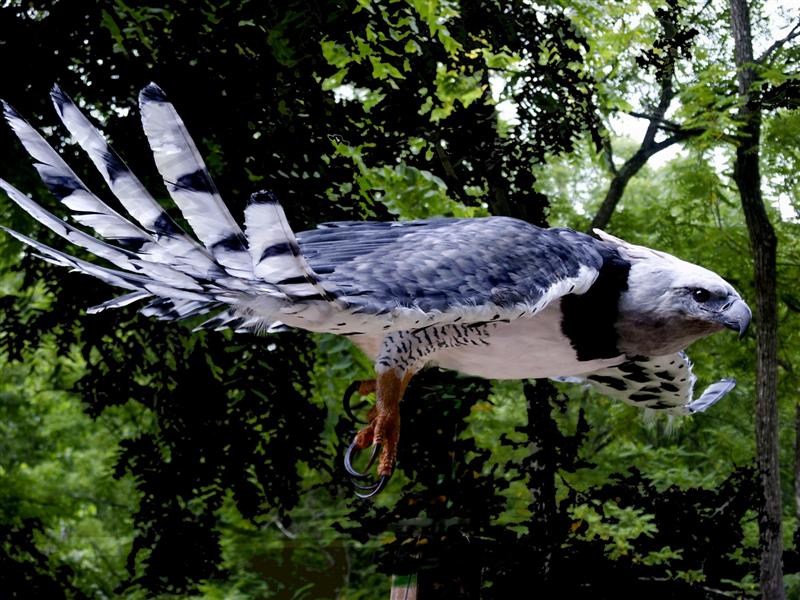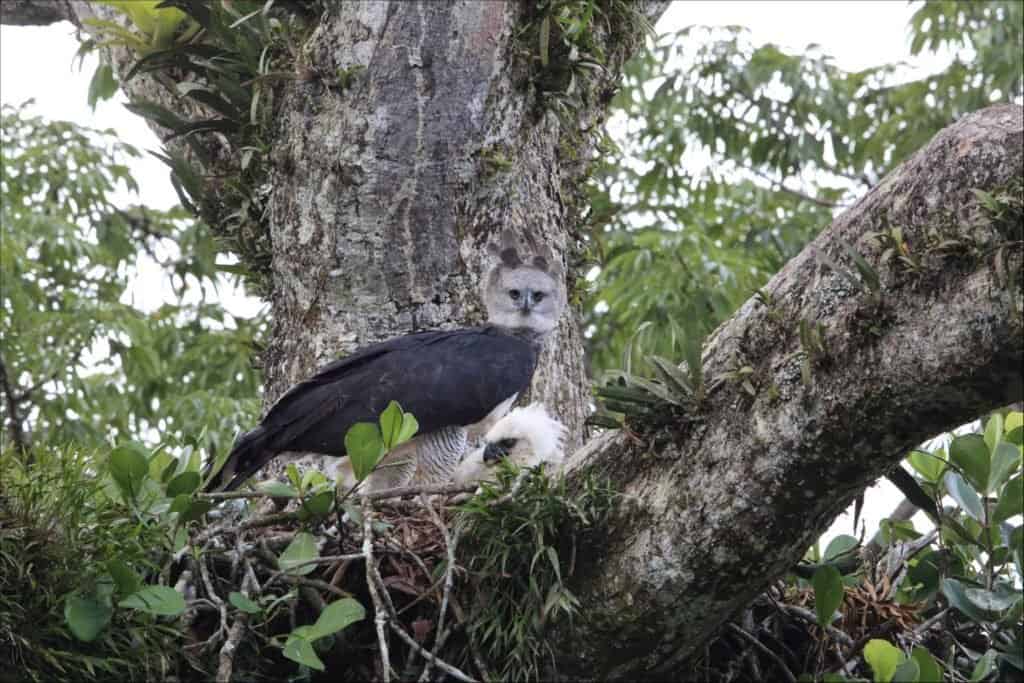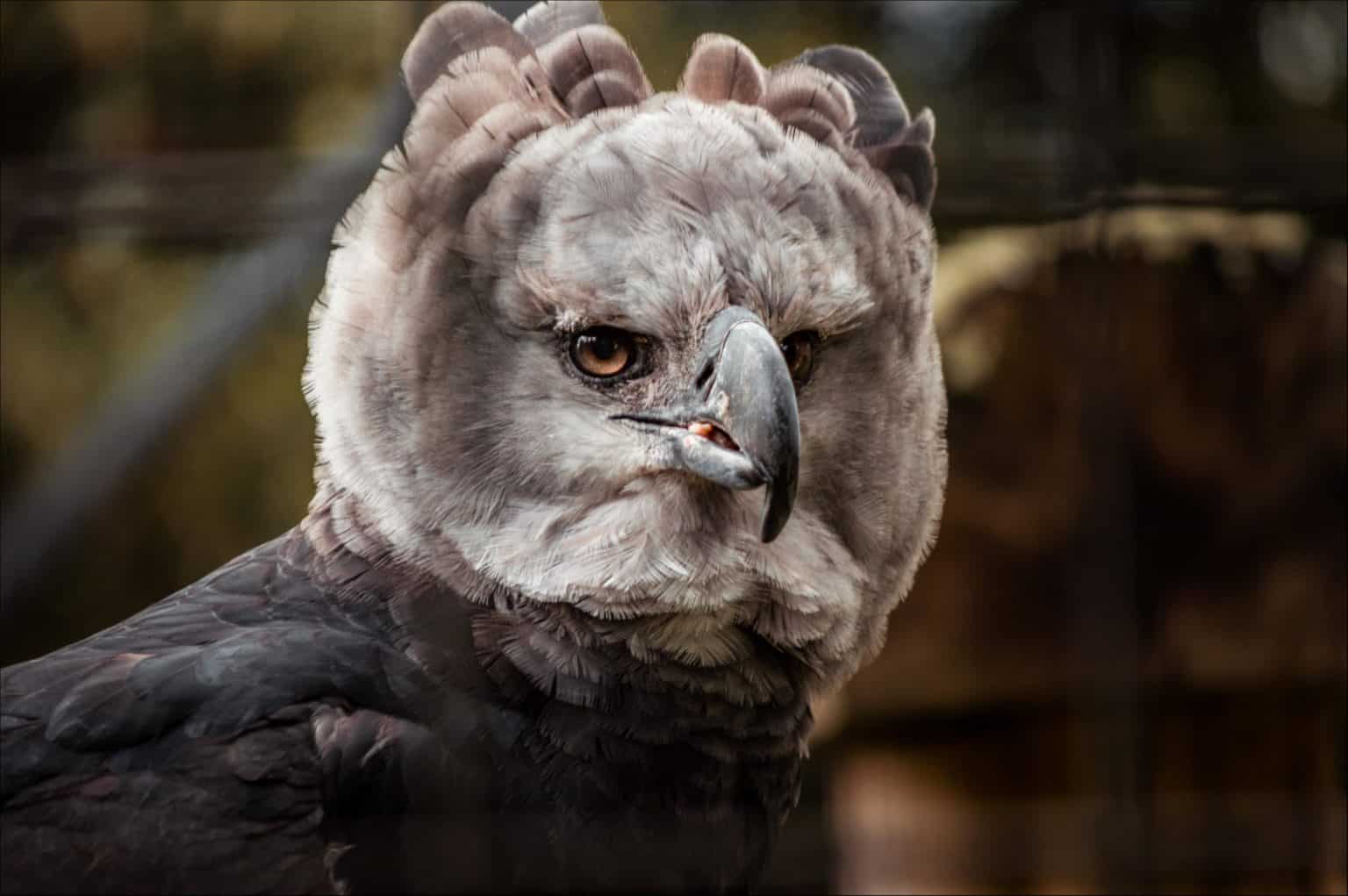It is the largest eagle in america, it can reach a wingspan of more than two meters and en. · the harpy eagle is an extraordinary bird found within colombias rich biodiversity and is a symbol of the colombian air force. The harpy eagle is one of the most powerful birds of prey in the world—and one of the most threatened. · the harpy eagle is not only a national symbol or an important piece of the ecosystem; · the harpy eagle, colombias national bird, is a magnificent creature that symbolizes power, freedom, and resilience. Known for its striking appearance and powerful presence, the … With its distinctive crown of feathers and piercing … It is also a reminder of the fragility and richness of colombia’s biodiversity. Known for its grandeur and extensive flight range of up to 300 … · the harpy eagle, colombias national bird, is a majestic creature that embodies strength, grace, and resilience. The harpy eagle, colombias national bird, is a majestic … Seeing a harpy eagle flying freely is an unforgettable experience. · this article delves into the harpy eagles role as colombias national bird, exploring its majesty, ecological importance, and the efforts being made to safeguard its future. · the andean condor (vultur gryphus), the national bird of colombia, is one of the most striking raptors in the bird world. · in this comprehensive article, we will explore the fascinating world of the harpy eagle, its role as the national bird of colombia, and the efforts made to conserve this. The harpy eagle (harpia harpyja) is a majestic bird of prey known for its impressive appearance, large size, and its role as an apex predator in the rainforests of central and south america. Our reserve protects one of the last founded nesting sites in colombia.
Colombias National Bird How Harpy Eagles Majesty Shaped The Nation
It is the largest eagle in america, it can reach a wingspan of more than two meters and en. · the harpy eagle is an...




